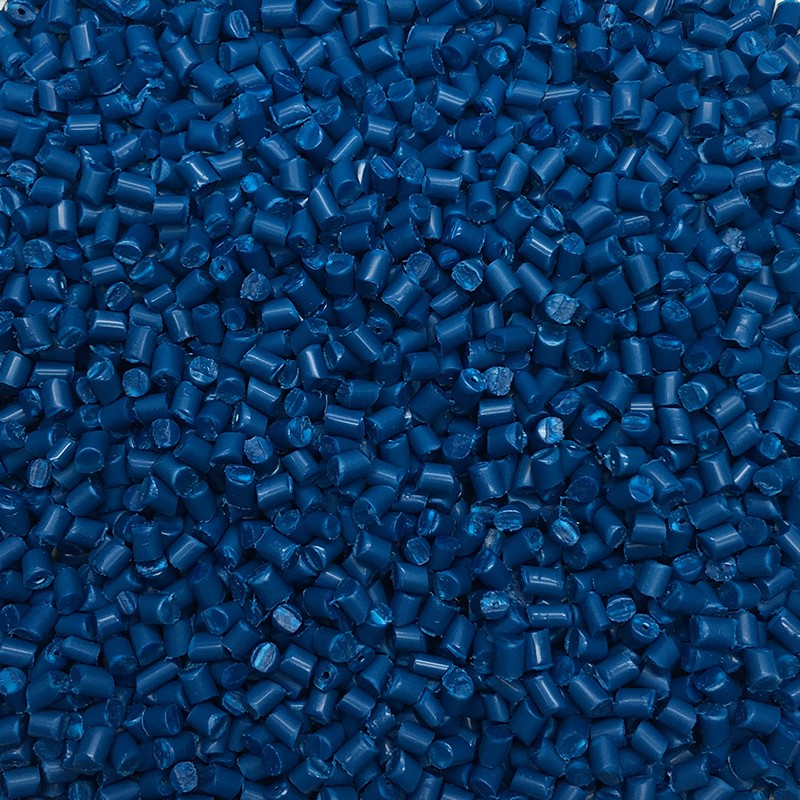Welding of Jiangmen engineering plastics can be divided into several categories
Engineering plastics are more and more widely used in production and life. With their superior mechanical and chemical functions, they have gradually replaced metal materials. Due to its excellent function, the welding of engineering plastics is relatively difficult in practical use. On the whole, the welding of engineering plastics can be divided into two categories:
1. Mechanical motion welding: ultrasonic welding, conflict welding and oscillation welding.
A. ultrasonic welding method: the joint is formed by mechanical high-frequency oscillation. The parts to be assembled are clamped between the oscillating welding head and the fixed welding head under pressure, and then at right angles to the touch surface. The ultrasonic oscillation with a frequency of 20 ~ 40KHz is accepted. Replacement high-frequency stress generates heat at the joint interface, thus forming a high-quality welding. The products used in this process are very valuable, so they are suitable for large production.
B. conflict welding: the principle of thermoplastic conflict welding (also known as "rotary welding") is the same as that of metal welding. In this welding process, one substrate is fixed and the other substrate rotates at a controlled angular speed. When the parts are pressed together, the collision heat causes the polymer to melt, and the welding is formed after cooling.
C. oscillation welding: oscillation welding is also called linear collision welding. Two thermoplastic parts conflict with each other under appropriate pressure, frequency and amplitude until sufficient heat is generated to melt the polymer. After the oscillation is stopped, the parts are aligned with each other, and the molten polymer solidifies to form welding. Oscillation welding is similar to rotary welding, with the difference that the motion is linear rather than rotary. This welding method is very fast, with oscillation frequency of 100 ~ 240Hz and amplitude of 1mm ~ 5mm.

2. External heating welding: hot plate welding, hot gas welding and laser welding.
A. hot plate welding: for plastic joint, hot plate welding is the simplest mass production technology. The high-temperature hot plate is clamped between the surfaces to be jointed until it softens. At this moment, the hot plate is pulled out, the two surfaces are bonded under controlled pressure, and they are combined after a specific period of time. The molten surface is then allowed to cool to form a weld. Welding or heating components are equipped with a built-in electric heater to prevent plastic from adhering to the welding.
B. hot gas welding: hot gas welding is an assembly and manufacturing process of thermoplastic materials. The thermoplastic substrate and the thermoplastic electrode are heated and melted by the heated air flow (generally air). The base material and welding rod form the weld after melting. In order to ensure useful welding, appropriate temperature and pressure must be applied to the welding rod, and appropriate welding speed and torch orientation shall be ensured.
C. laser welding: laser welding is suitable for welding sheet film and formed thermoplastic. During welding, the laser beam melts the plastic in the joint area. The laser machine emits an intense radiation beam (generally located in the infrared region of the electromagnetic spectrum) and focuses on the surface of the material to be jointed. In this way, a resonance frequency is generated in the molecule, raising the temperature of the surrounding material.
This article is from Jiangmen Engineering Plastics:http://yzw188.cn/
-
04-13
PVC Engineering Plastics: how PVC plastic pipes are formed
The forming process of PVC plastic pipes should start from the raw materials of PVC plastic granules, which can be divided into soft PVC and hard PVC according to the added amount of stabilizer, plast
-
11-12
What is the filling property of Jiangmen engineering plastics
What is the filling property of Jiangmen engineering plasticsIn recent years, PC modified plastics have developed rapidly in China, and its industrial system is gradually established and improved. Th
-
10-08
Jiangmen Engineering Plastics: how to classify Jiangmen engineering plastics?
How to classify Jiangmen engineering plastics? 1. Classification by application characteristicsAccording to the different application characteristics of famous plastics, plastics are usually divided
-
08-30
Application scope of PBT engineering plastics
PBT engineering plastics are widely used in electronics, car industry, office machinery and other fields. In Japan and the developed countries in Europe, PBT engineering plastics are mainly used in t